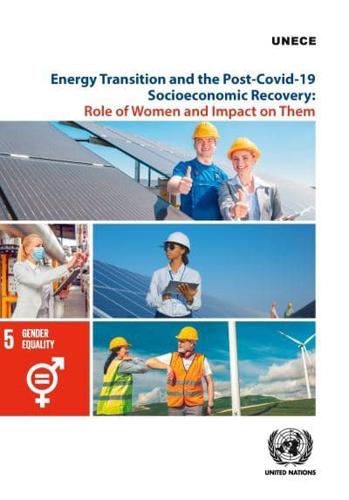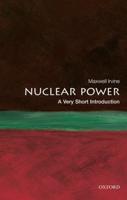Publisher's Synopsis
There are several pathways through which energy systems are transitioning to a decarbonized, sustainable economy. The development and implementation of these technologies are being driven by innovation in a wide variety of technologies. Now that most economies are emerging, governments are focused on driving a sustainable socioeconomic recovery from the COVID-19 pandemic, but there is an endemic issue which must be addressed. The energy sector is missing out on the experiences, skills, and talents of much of half the human population, which severely constrains the sustainable energy transition. In addition to a larger skilled workforce, there are several advantages in bridging the gender gap within the energy sector. Gender disparities in the energy sector have been observed around the world. Women are less represented in policymaking, corporate leadership and governance, as entrepreneurs and venture capitalists, and in the labour workforce. These barriers are surmountable using a two-way complementary approach, which is simultaneously bottom-up - action by women and society to bridge the gap of gender inequality in the energy sector - and top-down - government and policymakers need to develop policy tools to encourage women's participation in the energy sector. This paper is summarising key findings from a report and empirical case studies of five United Nations Economic Commission for Europe (ECE) member States: Albania, Belarus, Ukraine, the United Kingdom, and Uzbekistan.








